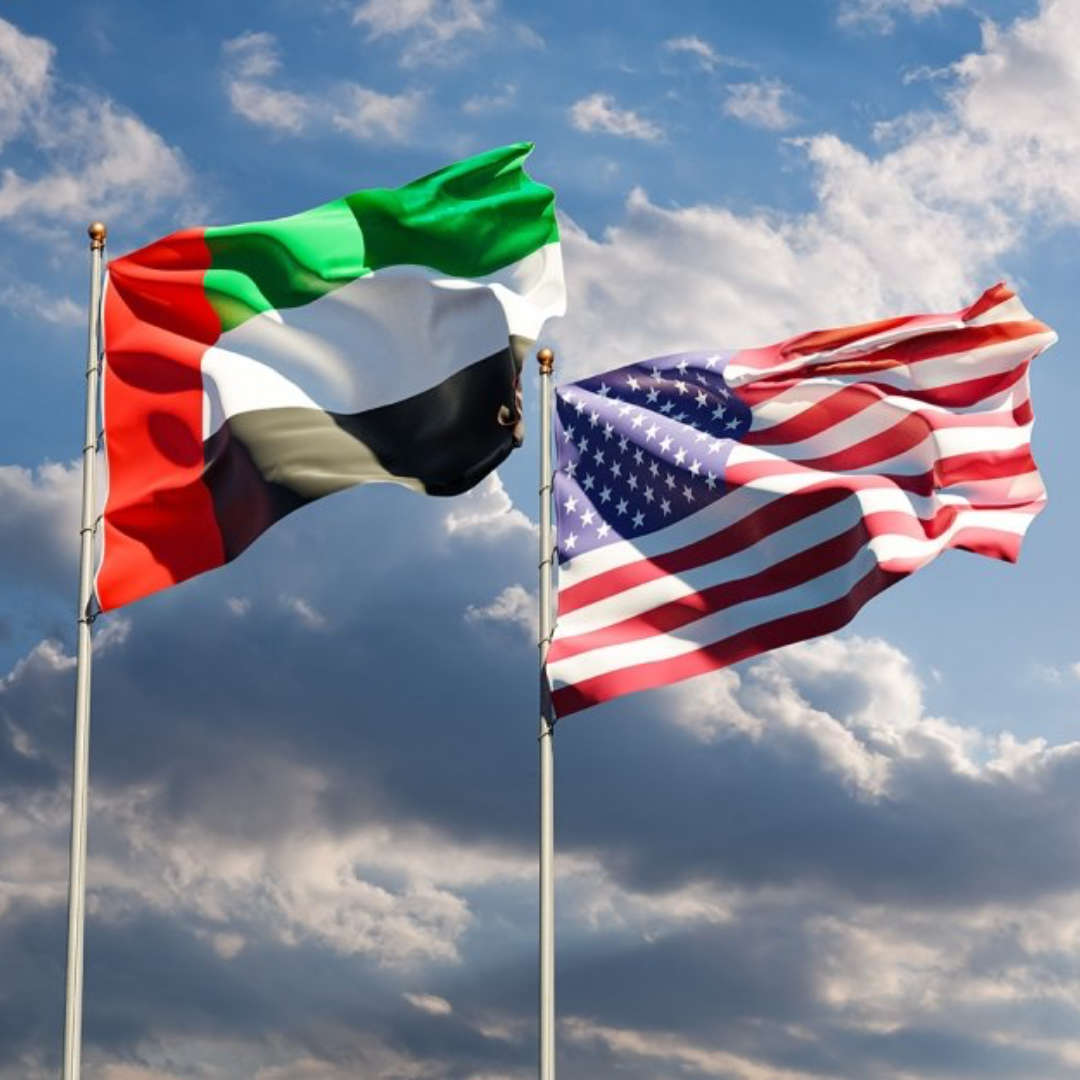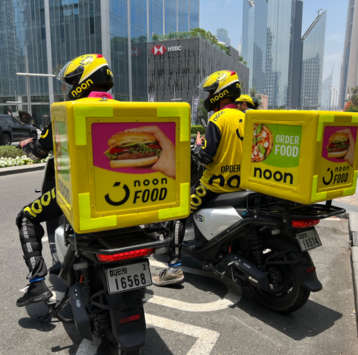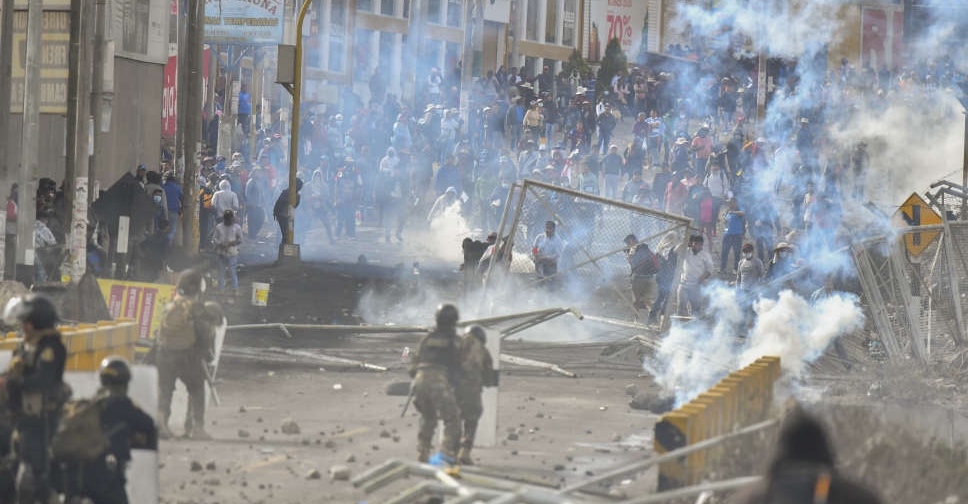
Thousands of protesters in Peru, many from the country's heavily indigenous south, have descended on Lima, the capital, angered by a mounting death toll since unrest erupted last month and calling for sweeping change.
Police estimated the march at around 3,500, but others speculated it attracted more than double that.
Rows of police in riot gear faced off against rock-hurling protesters on some streets, and one historic building in the city's historic center caught on fire late on Thursday.
The building, on San Martin Plaza, was empty when the massive blaze ignited from unknown causes, a firefighter commander told local radio.
Over the past month, raucous and sometimes deadly protests have led to the worst violence Peru has seen in over two decades as many in poorer, rural regions vent anger at the Lima establishment over inequality and rising prices, testing the copper-rich Andean nation's democratic institutions.
Protesters are demanding the resignation of President Dina Boluarte, snap elections and a new constitution to replace the market-friendly one dating back to right-wing strongman Alberto Fujimori in the 1990s.
"We want the usurper Dina Boluarte to step down and call for new elections," said protester Jose De la Rosa, predicting the street protests will only continue.
The protests have been sparked by the dramatic Dec. 7 ouster of leftist former President Pedro Castillo after he tried to illegally shutter Congress and consolidate power.
In buses and on foot, thousands journeyed to Lima on Thursday, carrying flags and banners blasting the government and police for deadly clashes in the southern cities of Ayacucho and Juliaca.
The unrest spread far beyond the capital.
In southern Arequipa, police fired tear gas at hundreds of protesters who tried to take over the airport, local television showed, leading officials to announce the suspension of operations at the Arequipa and Cusco airports.
The mounting death toll stands at 45, according to the government ombudsman, with the latest victim on Thursday coming from southern Puno region, a woman who succumbed to injuries from a day earlier. Another nine deaths are attributed to accidents related to protest blockades.




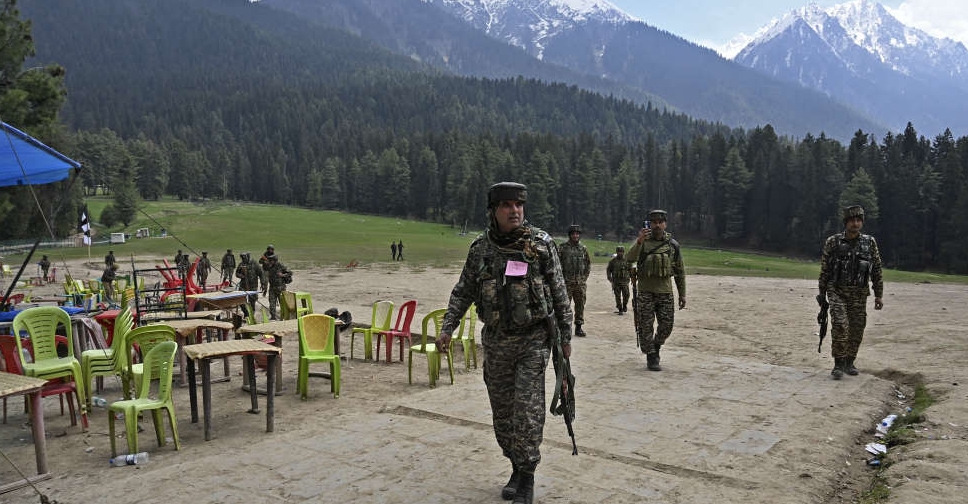 Indian army chief to visit Kashmir in aftermath of Pahalgam attack
Indian army chief to visit Kashmir in aftermath of Pahalgam attack
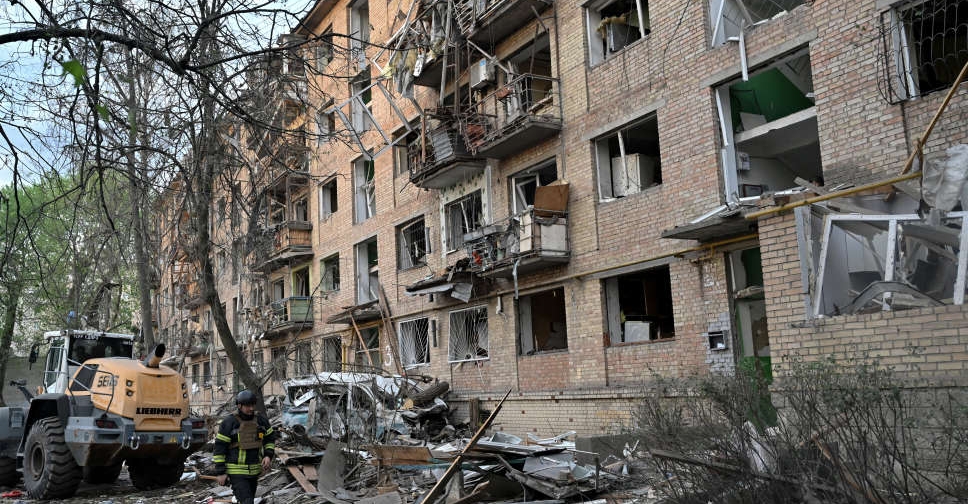 Trump tells Putin to 'stop' after Russian attack kills 12 in Kyiv
Trump tells Putin to 'stop' after Russian attack kills 12 in Kyiv
 Pakistan closes air space for Indian airlines
Pakistan closes air space for Indian airlines
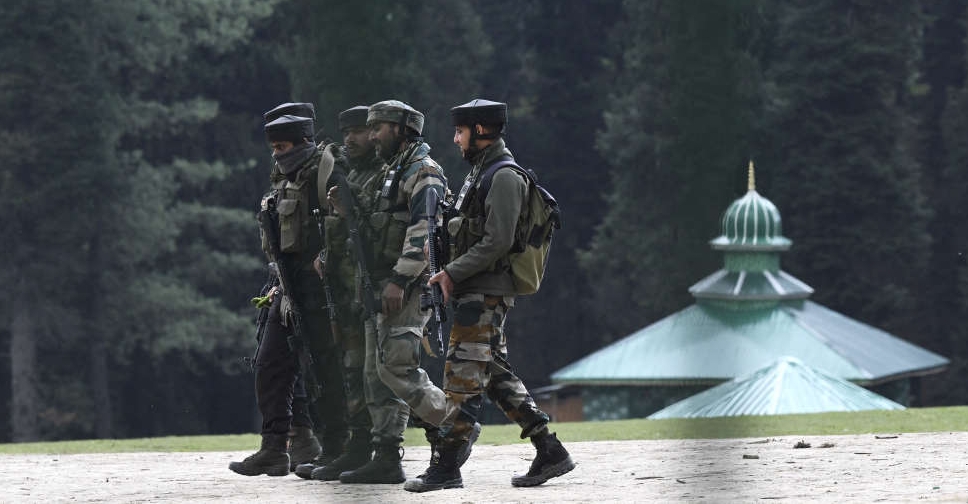 India will pursue perpetrators of Kashmir attack to 'ends of earth', Modi says
India will pursue perpetrators of Kashmir attack to 'ends of earth', Modi says
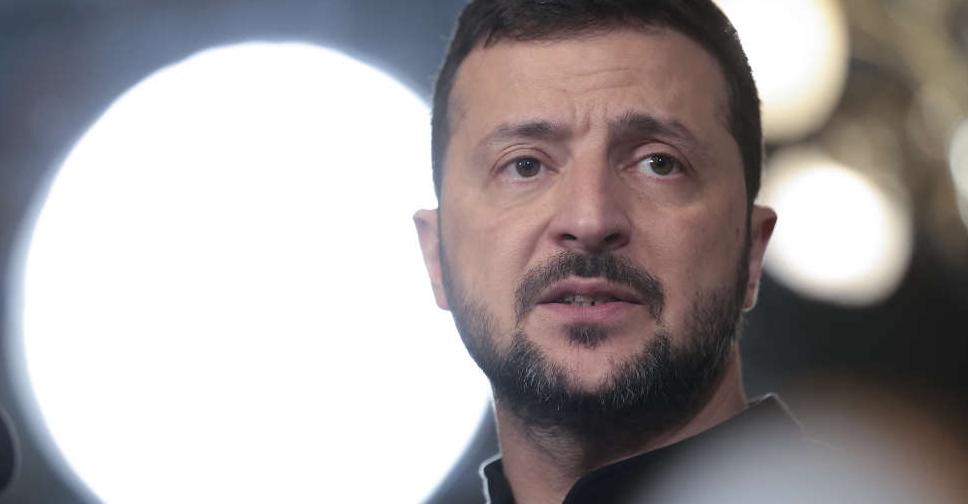 Zelenskyy cuts short South Africa trip after Russian strike on Kyiv
Zelenskyy cuts short South Africa trip after Russian strike on Kyiv

